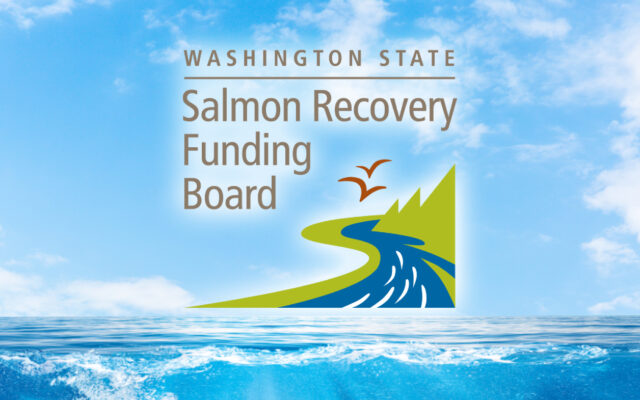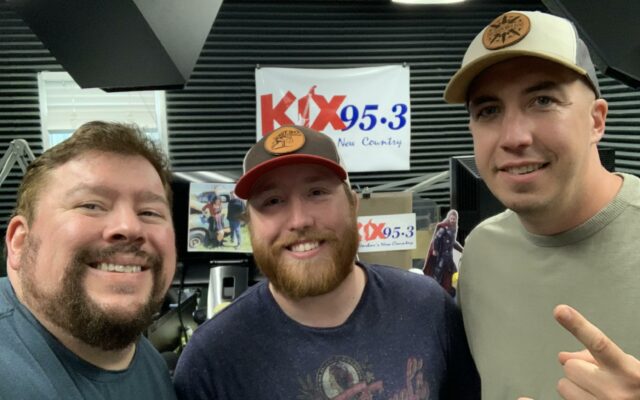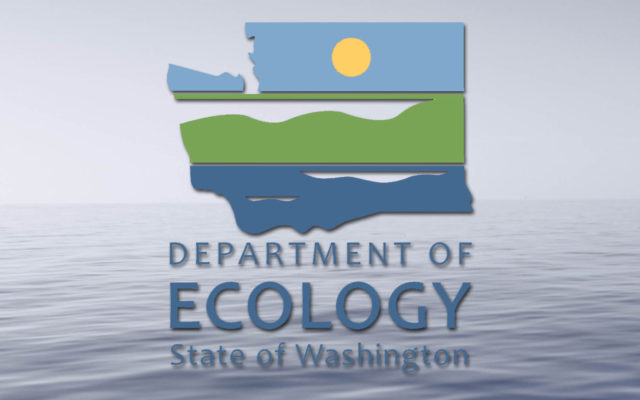Nearly $1.7 million in local funding included among recent salmon recovery grants

Barriers will be removed for migrating salmon, trees will be planted to shade rivers and stream habitat will be improved thanks to a new round of salmon recovery grants announced this week.
The Washington State Salmon Recovery Funding Board and the Puget Sound Partnership announced the award of 150 grants in 29 counties, resulting in a $81.5 million investment in recovering at-risk salmon species.
The grants focus on improving salmon habitat and conserving shorelines and riverbanks.
“These are important projects that will help us restore our salmon populations,” said Gov. Jay Inslee. “They also provide many other benefits. When we clean up our rivers, we not only help salmon, we reduce flooding, help our communities adapt to climate change and preserve jobs that rely on healthy salmon and natural resources.”
Projects in Pacific County will see $1,228,004, while Grays Harbor will receive $436,009.
Within Grays Harbor, projects include fish passage projects in Damon Creek near the Humptulips River, Chenois Creek north of Hoquiam, and in the Copalis River,
Projects in Pacific County among the approved grants will include designing restoration of Southern Greenhead Slough, placing logjams in the Lower East Fork Grays River, improvements to fish passage in the Willapa River Watershed, designing restoration of Patton Creek, and a study of incubation and restoration effects in restored habitat.
Grants were awarded in the counties below. See project details here.
| Asotin County | King County | San Juan County |
| Benton County | Kitsap County | Skagit County |
| Chelan County | Kittitas County | Skamania County |
| Clallam County | Klickitat County | Snohomish County |
| Clark County | Lewis County | Thurston County |
| Columbia County | Mason County | Wahkiakum County |
| Cowlitz County | Okanogan County | Walla Walla County |
| Grays Harbor County | Pacific County | Whatcom County |
| Island County | Pend Oreille County | Yakima County |
| Jefferson County | Pierce County |
“Salmon are the foundation and the future of our shared Pacific Northwest identity,” said Jeff Breckel, chair of the Salmon Recovery Funding Board. “We know what it takes to recover salmon, but the challenges are outpacing our progress. We must stay vigilant and continue to make these important investments.”
Funding for the grants came from the state Legislature through the salmon recovery account and the Puget Sound Acquisition and Restoration (PSAR) fund, which are supported by the sale of state bonds, and from the federal government through the Pacific Coastal Salmon Recovery Fund.
“These grants are a big investment in not only recovering habitat for salmon but also in our efforts to restore Puget Sound,” said Laura Blackmore, executive director of the Puget Sound Partnership. “The grants will make it easier for salmon to get to and from the ocean, create safe places to grow and hide from predators and provide cleaner and colder water, which they need for survival. As we fix habitat for salmon, we also are cleaning up our drinking water, reducing flood risk to our homes and businesses and improving the environment for all of us. Special thanks go to all our partners who supported funding the full project list and to the Washington State Legislature for providing the funding.”
In 1991, the federal government declared the first salmon in the Pacific Northwest endangered under the Endangered Species Act. In the next few years, additional species of salmon were listed as at-risk of extinction. By the end of the 1990s, wild salmon had disappeared from about 40 percent of their historic breeding ranges in Washington, Oregon, Idaho and California. In Washington, the numbers had dwindled so much that salmon, steelhead and bull trout were listed as threatened or endangered in nearly three-fourths of the state.
Today, 14 population groups of steelhead trout and Chinook, coho, chum, and sockeye salmon in Washington State are listed as “threatened” or “endangered” under the Endangered Species Act.
Recovery efforts during the past 25 years have helped some populations approach recovery goals, such as Hood Canal summer chum and Snake River fall Chinook, while others, such as Puget Sound Chinook and upper Columbia River spring Chinook, continue to fall further behind and remain in crisis.
“Washington State has a unique approach to recovery,” Breckel said. Projects are prioritized by local watershed groups, called lead entities, and then reviewed by regional and state scientific panels and finally approved by the state Salmon Recovery Funding Board, and in the Puget Sound area, additionally by the Puget Sound Salmon Recovery Council. “The process ensures only the best and most scientifically sound projects make it to funding. This helps ensure we make wise investments that will get us closer to recovery.”
You Might Also Like



